-

Cover artwork for the live performance of the Eagles at the Forum in Inglewood, California.
-
This is a poplar artists album cover
-
-

Pollock's freely admitted total retrenchment from traditional methods of oil painting was patently obvious in Lucifer. From the looks of its imagery, Lucifer begun in a similar vein to works of the previous year such as Eyes in the Heat. However, at some point in the process of painting, Pollock laid down his brush and began instead to drip and spatter his pigment, not quite completely covering the underlayer, into which he also embedded small pieces of gravel to increase the texture.
-
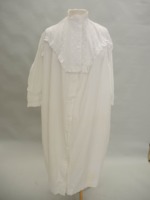
Cotton nightgown with pleating details, ruffles, and long sleeves
-
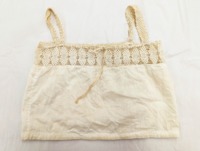
Corset Cover
-
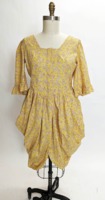
Yellow floral cotton historical inspired costume.
-

Pink and Cream Cotton 2pc Historical Inspired Costume
-
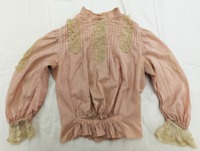
Pink Cotton Blouse
-

Silk embroidered walking skirt. Skirt has pintuck details at waist, piecing at center back, and pleats on front. Hook and eye closure on back.
-

Walking Skirt
-

Walking Skirt
-
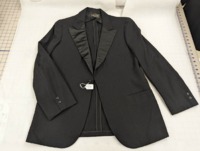
Mens black two piece suit. Jacket has satin shawl collar and partial lining. Pants have button fly front.
-

Mens Silk Shawl Collar Vest
-

-
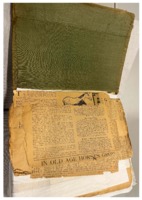
-
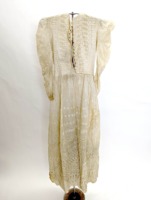
Ladies Edwardian lingerie dress with leg-o-mutton sleeve, front hook closure, and gathered skirt
-
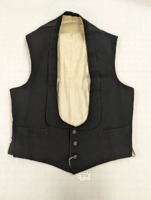
Mens Silk Vest
-
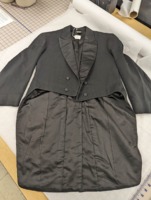
1905 Mens Tailcoat
-
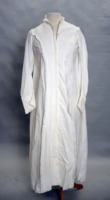
Cotton Dressing Gown. diagonal pleating, lace, pleated cuffs, high neckline, long sleeves
-
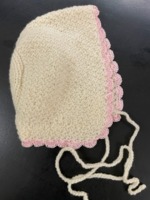
Hand crocheted children's bonnet with scalloped edge, chain stitch ties. 12" ear to ear.
-
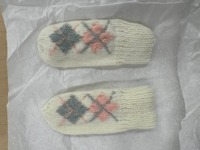
Off-white and pink hand knit mittens
-
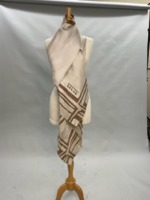
long off white and brown silk scarf
-
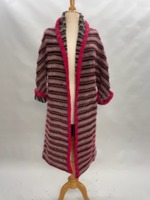
multicolor; long; shawl collar; Missoni; elastic wrists
-

Red knit pencil skirt























